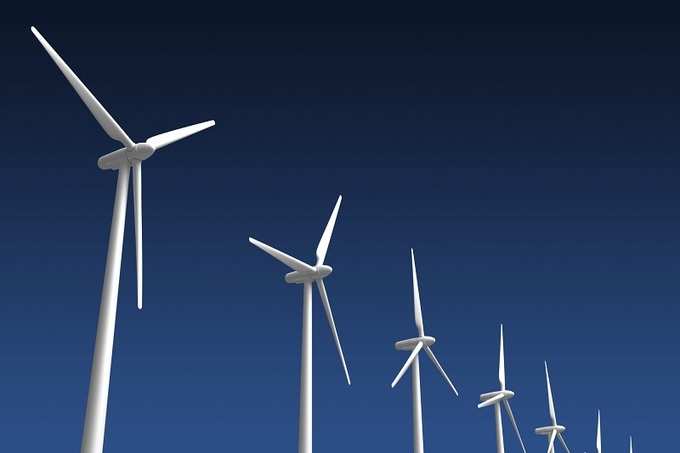
Sourcing energy for the myriad power needs of a humongous country of more than 1.2 billion people (accounting for more than 17 % of the world’s population) has been a key part of Prime Minister
Narendra Modi’s recent visits to foreign countries.
Soon after assuming power, Modi visited
Bhutan where he pushed for speeding up hydroelectric plants under construction (three projects totalling 3,000 MW are underway and will be operational within three years) with
Indian government funding. This was followed by a visit to
Nepal where Modi inked a pact build a $1.04-billion 900 MW hydroelectric plant that will start producing energy by 2020 and export three-quarters of its output to India. Later, during his US visit, Modi facilitated the signing of a $1-billion loan agreement between the US Ex-Im Bank and India’s renewable energy agency,
IREDA, which will fund sourcing of US equipment for solar projects in India. This was followed by an agreement with Australia to expedite approvals for investment in key mining projects and arrangements to implement the civil nuclear agreement signed in September that will try to make sure the supply of Australian uranium for India’s nuclear energy programme.
All these efforts point to one concern: if India has to leapfrog to emerge as one of the top economic powers in the world, it should first stand on its feet in terms of power supply. This is where the Modi regime’s focus on renewable energy comes into play. In an effort to reduce the dependence on coal, the
Modi government plans to more than double the share of renewables such as solar and wind in the mix of fuels the country consumes. and expects the share of renewables to account for 15 % of India’s energy supply (up from 6% currently) in five years during which it will try to attract more than $100 billion of investment for the industry. One must note, this compared with the coal sector that currently caters to 60 per cent of the country’s electricity requirement—the reason why India ranks fourth behind China, the US and the EU in global greenhouse gas emissions.
Also, faltering railroad projects, rising transport costs and ineffective production have contributed to driving up the country's reliance on imported coal from Indonesia and South Africa. In fact, the country's coal import dependency surged from zero in 1990 to nearly 23% in 2012.
After assuming power in May, the Modi government announced its aims to develop an adequate amount of
solar power by 2019 to run at least one light bulb in every home in the country as the demand of energy is projected to double over 20 years.
According to
power and energy minister, Piyush Goyal, the government plans to go “far beyond’’ the previous UPA government’s target of installing 20,000 megawatts of
solar energy capacity by 2022 and add about half of India's current total installed capacity (10,000 megawatts of capacity to the sector every year).
However, even with a significant boost in renewable energy, the country may find it difficult to reduce dependence on coal.
Concerns about the risks to migratory birds including flamingos that winter at the wetlands nearby have proved to be a bottleneck in going ahead with plans for a 4,000-megawatt project in the midst of the Thar Desert, the world's largest solar power plant.
While the first Budget presented by finance minister Arun Jaitley talked a lot about renewable energy, it increased funding to alternative sources of energy by just 25% compared to the allocation made by the previous UPA regime, which is abysmally low according to a section of analysts who say the country needs a 10-fold increase in investment in reviewable energy.
Also, even if one assumes that the government will hit the target in terms to production of renewable energy, it would require huge extra investment in power stations and power lines for power distribution.
As such Modi’s government may have to tweak its policy of depending on mega
alternative energy projects and unleash innovation by incorporating a clutch of smaller but smarter ways of augmenting capacity. For instance, setting up photovoltaic panels on millions of residential rooftops.
Image: thinkstock
 Sourcing energy for the myriad power needs of a humongous country of more than 1.2 billion people (accounting for more than 17 % of the world’s population) has been a key part of Prime Minister
Sourcing energy for the myriad power needs of a humongous country of more than 1.2 billion people (accounting for more than 17 % of the world’s population) has been a key part of Prime Minister